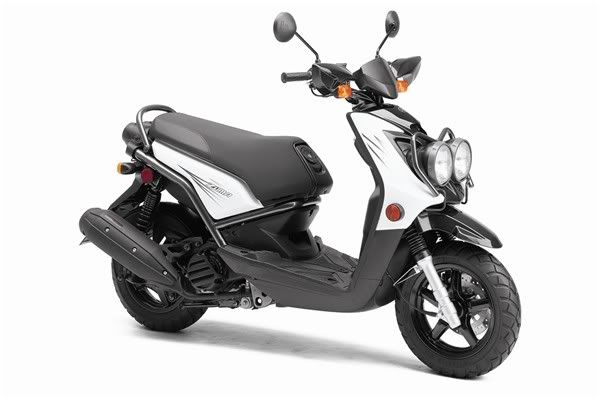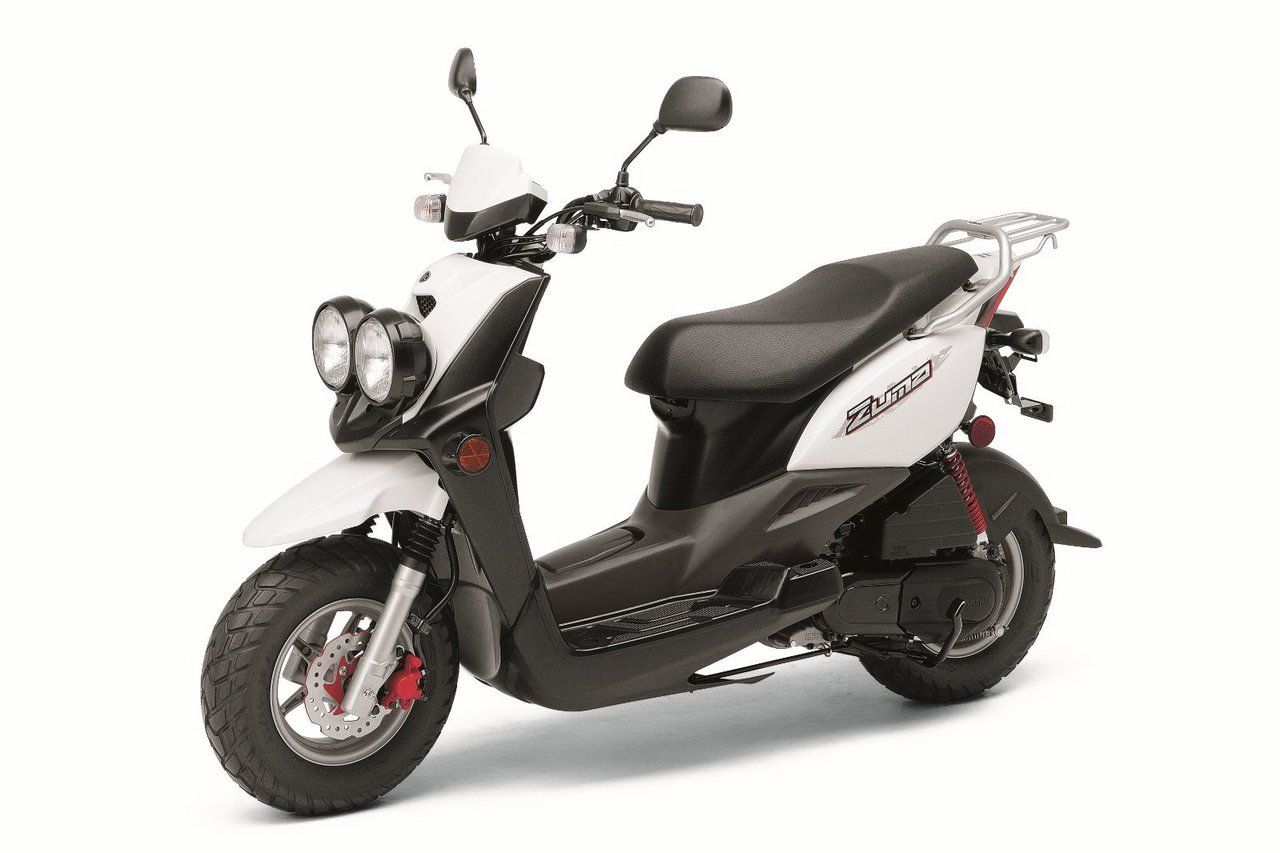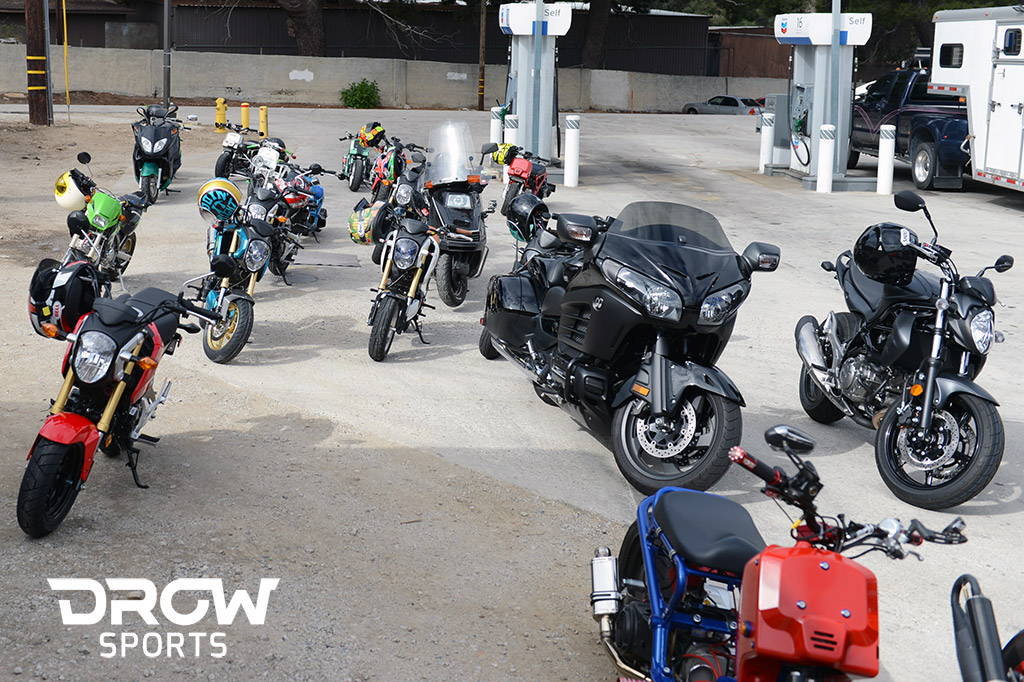
It’s time to get in with the tuning forks! Not for piano tuning, but for the Yamaha and the Zuma series of scooters. The Zuma has actually been around since the 1989 but its popularity has recently just started to rise with the introduction of two recent models. So, let’s start with the beginning then work our way towards what is new. This will be brief and fast, so try to keep up with the Yamaha Zuma!

The first Zuma was the 1989 Yamaha Zuma 50 CW50 Chassis; a two-stroke, 49cc scooter that was also air cooled. The engine was not produced by Yamaha, but Minarelli. Minarelli was an Italian company who specialized in motorcycle and scooter engines. The 49cc two-stroke was used in many, many scooters and bikes in Europe and that popularity helped when it came to the aftermarket. If it fit the Minarelli, it would more than likely fit the Zuma 50 as well. These first engines were also known as vertical engines because their cylinder would point at near vertical like many motorcycle engines. After 1990, the Zuma sales were stopped in the US because of its popularity in Europe. Then in 1997, it returned to the US market and sales continued to keep going up until 2001.

The second generation Zuma held the YW50 Chassis designation in 2002. The scooter was redesigned and was dubbed the “Bug Eye” due to its now large headlight design. The engine also had a change from the vertical Minarelli to the horizontal Minarelli. Displacement stayed the same and it still was a two-stroke engine, however. From 2006-2007, the Zuma was once again not sold in the US. This time was because of new, more stringent emission laws put forth by the EPA on two-stroke engines. In 2008, the Zuma 50 returned with new emissions equipment but with lost performance. Then in 2009 and 2010, the global recession hit and sales were stopped once again.

The latest generation is the Zuma 50F, a four-stroke. The liquid-cooled 49cc engine with fuel injection replaces the two-stroke, air-cooled and carbureted engine. Its debut was in 2011 for the 2012 model year. It is mostly based off of the C3 scooter from Yamaha however there are many differences as well, the biggest being the body.

In 2009, Yamaha also introduced the YW125 chassis better known as the Zuma 125. This was the large version of the Zuma 50 people were asking for, though the two chassis do not share much other than a name. The Zuma 125 comes equipped with a Taiwanese built, 124cc engine. It is also a 4-stroke, air-cooled engine that uses fuel injection instead of a carburetor. It is based on the BWs 125, which is popular in Europe, Canada, and Asia. However, the BWs sold in Europe and Asia came with a different headlight setup than Canada and the US. This can be changed after removing a bracket and swapping out to the Asian headlight conversion, as they both utilize most of the same mounting hardware and electrical plugs. Just like the YW50 and the CW50, the Zuma 125 is popular in scooter racing all over the world and many aftermarket companies have taken that racing knowledge to the YW125. Despite being a relatively new bike, the Zuma 125 has become a popular bike to modify.
